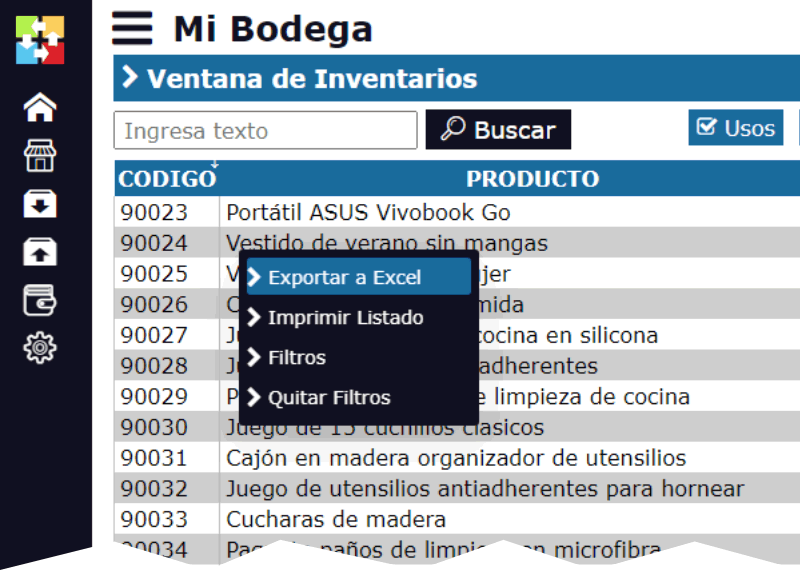How to Prepare for Demand Spikes with Efficient Inventory Management
In any industry, peaks in demand can represent both an opportunity and a challenge. A sudden increase in demand for products can generate significant benefits if managed correctly, but it can also cause problems if inventory is not prepared to handle it. Therefore, efficient inventory management is key to ensuring that your company is ready to respond to these peaks without losing sales opportunities or revenue.
1. Analyze historical demand patterns
The first step to prepare for demand peaks is to analyze historical demand patterns. Review historical sales data to identify when and why peaks occur. For example, it is common to see increases in demand during holiday seasons, new product launches, or special promotions.
Tip: Use data analysis tools to segment demand by product, region, and period. This will allow you to make more accurate forecasts and adjust your inventory accordingly.
2. Implement flexible inventory planning
Efficient inventory management involves having the flexibility to quickly adjust your inventory levels in response to changes in demand. This means maintaining a balance between having enough stock to cover demand without incurring unnecessary storage costs.
Tip: Consider implementing techniques such as just-in-time (JIT) inventory management, which minimizes excess inventory, and dynamic reorder points, which adjust stock levels based on real-time demand.
3. Collaborate with your suppliers
Maintain constant communication with your suppliers to ensure they can quickly satisfy any increase in your orders. Establishing collaboration agreements with your suppliers is vital to ensure they can effectively respond to demand peaks.
Tip: Negotiate terms with your suppliers for access to additional inventory during high-demand periods or to reduce delivery times. You can also consider having alternative suppliers in case your primary supplier cannot fulfill orders.
4. Optimize the restocking process
Ensure that the restocking process is optimized to be as efficient as possible. This includes having an automated system that alerts you when inventory levels fall below a certain threshold and allows for quick ordering.
Tip: Use inventory management systems that integrate automation functions for restocking, reducing the risk of human error and ensuring you always have the necessary stock during demand peaks.
5. Improve demand forecast accuracy
Demand peaks can often be predicted with an accurate forecast. Use advanced forecasting models that incorporate both historical data and external factors that may influence demand, such as marketing campaigns, seasonal changes, or market trends.
Tip: Integrate artificial intelligence (AI) and machine learning (ML) into your demand forecasting systems to improve the accuracy and adaptability of your predictions.
6. Consider using safety stock
Safety stock is an additional amount of inventory kept to cover any unexpected events, such as unexpected demand peaks or supply chain issues. Although maintaining safety stock involves an additional cost, it can be an investment that prevents lost sales and customers during demand peaks.
Tip: Calculate safety stock based on demand variability and lead times. Ensure that this inventory is sufficient to cover demand without creating excesses.
7. Perform scenario simulations
Before a demand peak occurs, perform simulations to evaluate how your inventory would respond in different scenarios. This will allow you to identify potential bottlenecks in your supply chain and make necessary adjustments before an actual increase in demand occurs.
Tip: Use inventory simulation software to model different scenarios and test the resilience of your inventory system. This will help you be prepared for any eventuality.
8. Train your team
Finally, ensure that your entire team is prepared to manage demand peaks. This includes training in inventory management, using automated restocking systems, and resolving real-time issues.
Tip: Conduct regular training and create clear protocols for managing demand peaks. A well-prepared team can make the difference between capitalizing on a demand peak and losing sales opportunities.
Preparing for demand peaks is essential to maintaining operational efficiency and customer satisfaction in any business. With efficient inventory management, you can ensure that your company is ready to make the most of these high-demand periods. Inventarios1A offers you the tools you need to optimize your inventory, from data analysis to process automation, ensuring you are always one step ahead.





